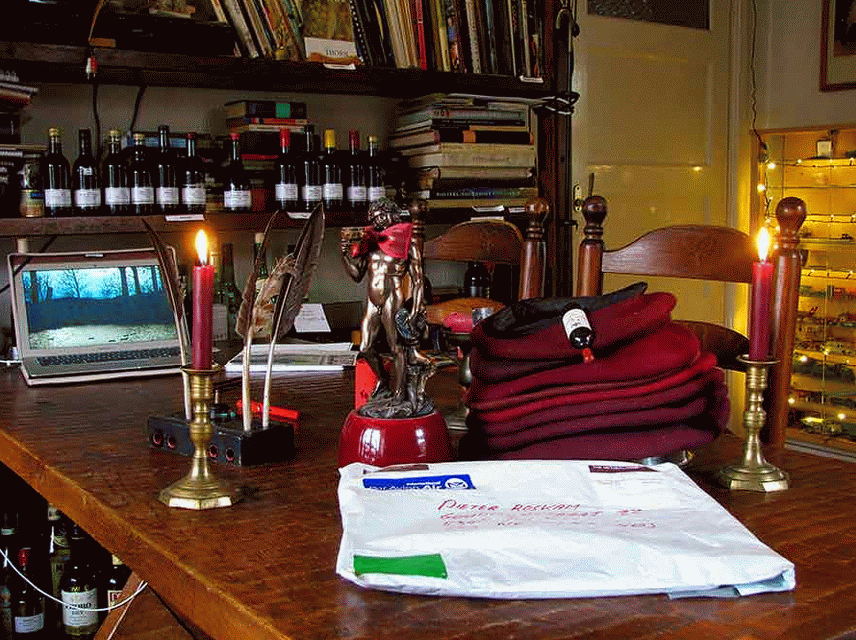José María de Iparraguirre Balerdi (1820 - 1881) was a
Spanish poet and musician, considered the Basque bard for his compositions in Euskera (the Basque
language) and is best known for his hymn to the Tree of Guernica.
Iparraguirre had an adventurous bohemian life that fitted
well with his image of a bard, always carrying his guitar with him and
improvising songs and verses.
His work, written mostly in Basque (though he also wrote in
Spanish, French, English and Italian), contains some of the most significant
songs of today's Basque Country.
He lived a romantic life during a very turbulent period in
the history of Spain, with the outbreak of the Carlist Wars and the abolition
of the privileges of the old regime.
At age 14 he ran away from his parents' house in Madrid, to
enlist in the Carlist ranks in the first battalion of Guipúzcoa. He was wounded in the leg at the Battle of Arrigorriaga
(1835), when he was only 15 years, and then joined the company of Yeomen of D.
Carlos.
After the war, when he was 19, he went into exile, joining
in 1848 the French revolutionaries who overthrew the monarchy of Louis
Philippe. But when Napoleon III made his coup, Iparraguirre was expelled from
France and started touring Europe with a troupe to earn a living.
In 1853 he filed for a pardon and returned to Spain, where
he composed Gernikako Arbola a zortziko who first performed that year at the
Café de San Luis in Madrid. The song became popular and reached the Basque
Country. In Bilbao, Iparraguirre himself sang it at two locations of
the Plaza Nueva, La Patisserie and Café de la Iberia; all present joined in.
This seemed dangerous to the authorities who considered
Iparraguirre a “rabble-rouser"and banished him in 1855, by means of the
Guardia Civil, which became the subject of another of his popular songs, Nereamak baleki .
After two years of exile, he returned to Guipúzcoa, but he
was exiled again in 1858, this time, to Buenos Aires.
In 1859 , he married in Buenos Aires with the Querejeta
Guipuzcoa Aizpurua Maria Angela, with whom he lived in Uruguay and had eight
children, two boys and six.
In 1877 , he returned to Spain, leaving his family in
America.





.jpg)
.jpg)














































